Drones are everywhere these days, and so are the bird’s-eye photos they take of cityscapes and countrysides. But when Swiss aviator Walter Mittelholzer took to the skies in the 1920s and ’30s, armed with a camera and a restless spirit of adventure, aerial photography was largely unheard of.
Mittelholzer blazed a trail as he soared over the mountains of Switzerland, and later the entire length of Africa, documenting his travels through pioneering photography both from the air and on the ground.
As he traversed the skies, the pilot captured stunning never-seen-before shots of the pyramids of Giza and spectacular panoramas of the Saharan desert. His sometimes controversial images offer an unparalleled aerial perspective on the Middle East and Africa in the early 20th century.
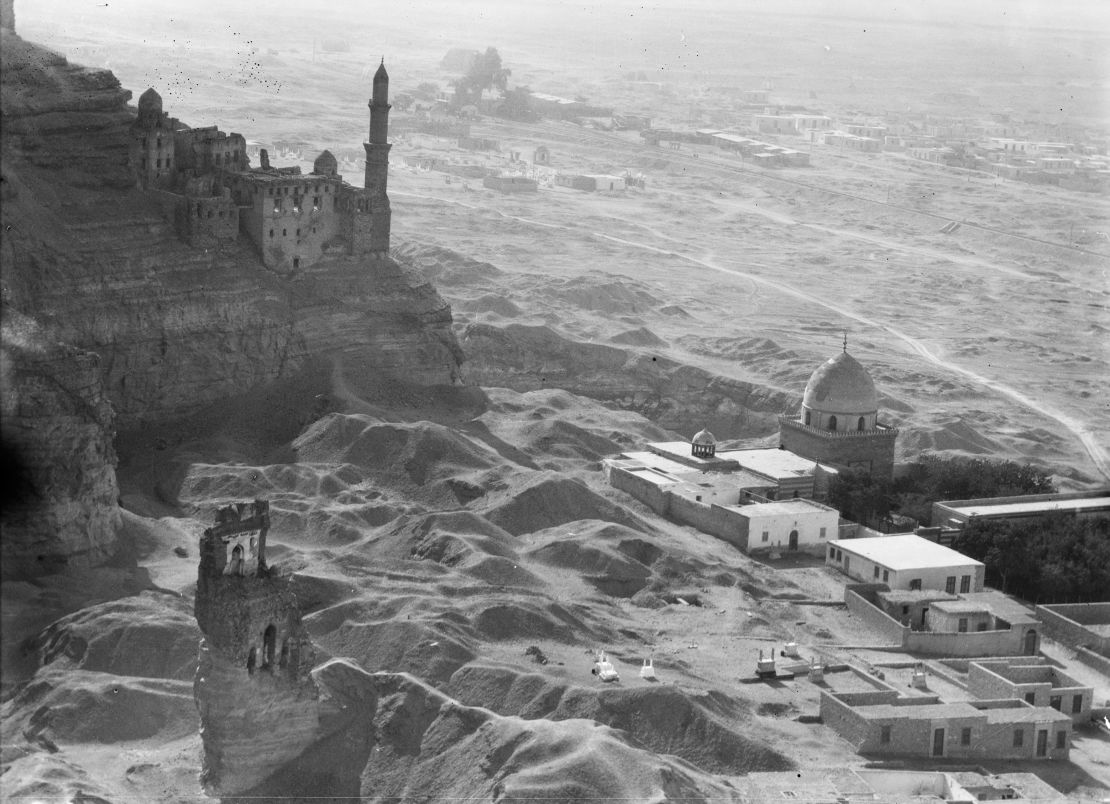
The aviator, who also co-founded former Swiss national airline Swissair, is now the focus of new book “Walter Mittelholzer Revisited” by Kaspar Surber.
This text – the sixth volume in Scheidegger & Spiess’s Pictorial Worlds series – reproduces 200 of Mittelholzer’s most striking and historically significant images.
“Mittelholzer founded an enterprise for aerial photographs,” the book’s author, Kaspar Surber, tells CNN Travel. “He took pictures of the Alps, of cities and industrial enterprises. The aerial photographs changed the established visual habits.”
Surber uses the images to investigate Mittelholzer’s legacy, charting the rise of a prototype media magnate.
MORE: The woman pilots that history forgot
From Switzerland to Syria
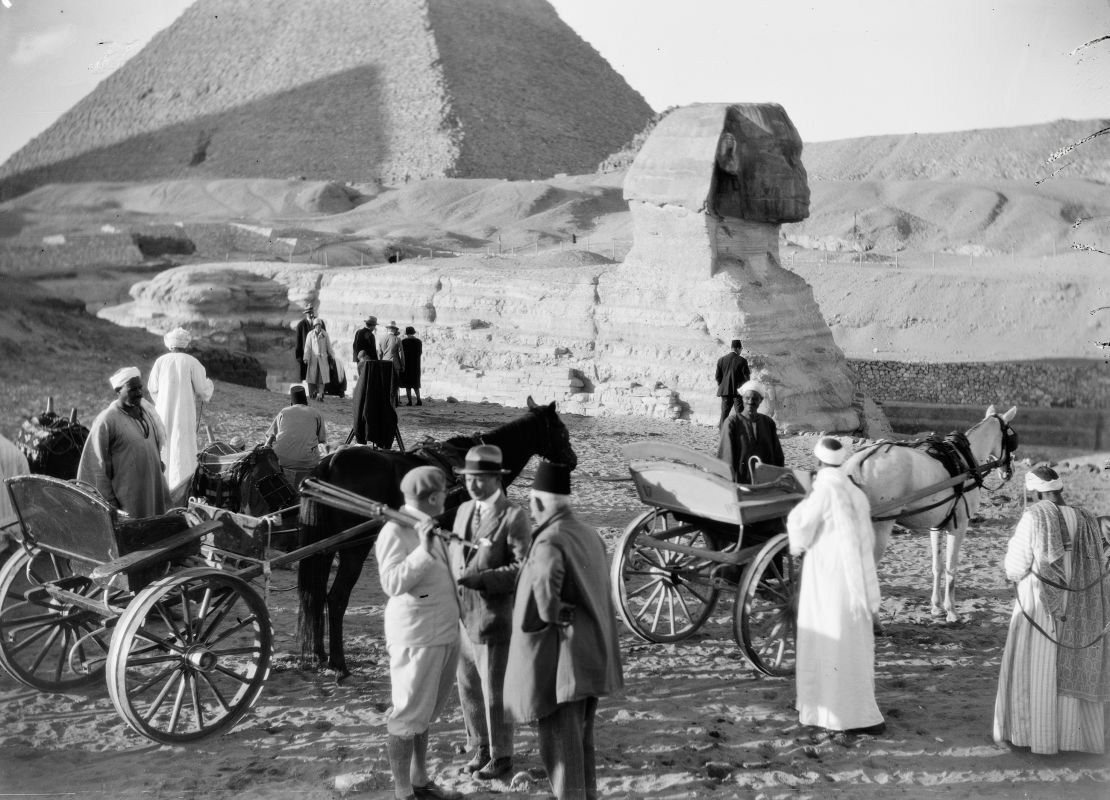
The ETH Library in Zurich has roughly 18,500 of Mittelholzer’s photos in its archive that chart tumultuous trips across continents – capturing people and landscapes encountered along the way.
In 1926-7, Mittelholzer famously conducted the first north-south flight across Africa – becoming a household name in the process. A few years later, he became the first person to fly over Mount Kilimanjaro
“He was quite an early media entrepreneur,” the book’s co-editor, Michael Gasser, tells CNN Travel. “He became interested in photography when he was very young … Then he learned how to fly and then he combined those new techniques.”
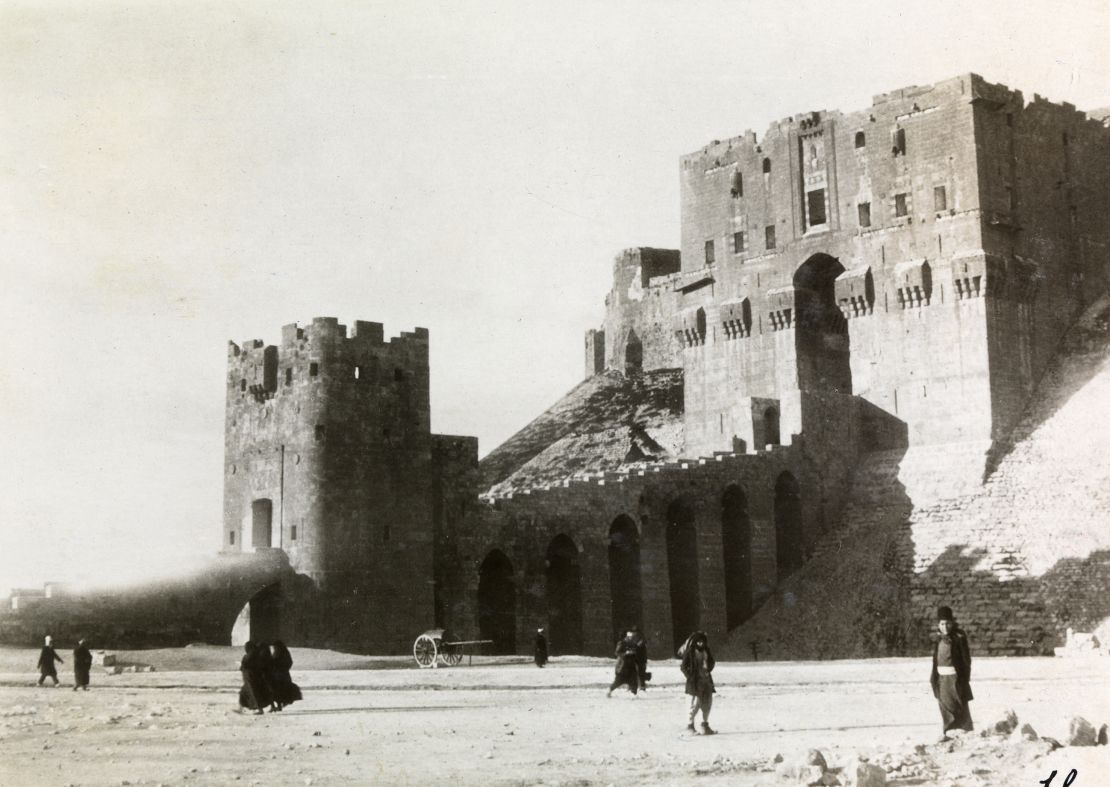
Particularly striking to modern-day eyes are Mittelholzer’s photos of Syria. The aviator visited Aleppo in 1925 and photographed the 13th century Citadel. One of the oldest fortresses in the world, the Citadel has been badly damaged in the ongoing Syrian Civil War.
MORE: On the hunt for the lost city of Z
Re-examining the past
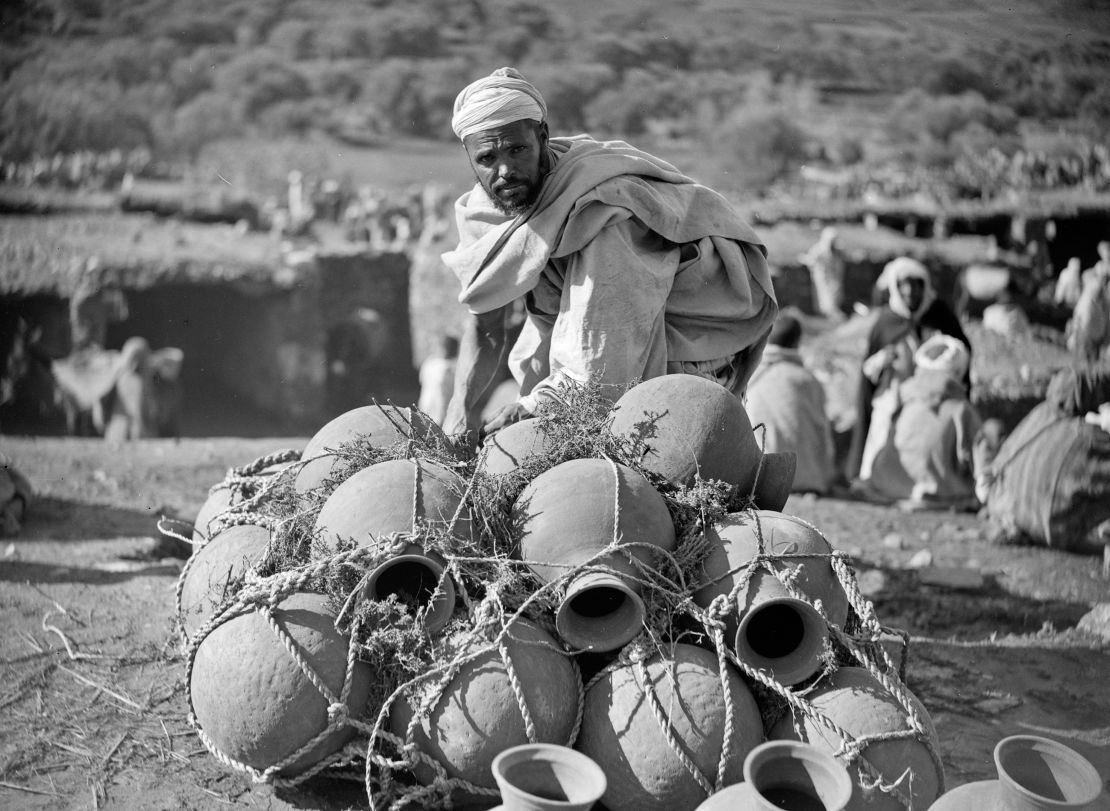
The book also critically examines Mittelholzer’s trips to Africa with a contemporary eye. The pilot, says Gasser, saw the continent through an explicitly colonial, racist lens.
“This colonial gaze, you can actually see it in many of these photographs,” he says.
Surber agrees – adding that Mittelholzer saw his plane as a “symbol of civilization” – to be positioned in direct contrast with the countries he was visiting. Surber’s book shines a light on this problematic aspect of Mittelholzer’s work and this period of history.
“I hope that readers will understand that Switzerland – being a country without colonies itself – still has a colonial past,” he says. “This is the story that Mittelholzer’s pictures tell.”
Media entrepreneur
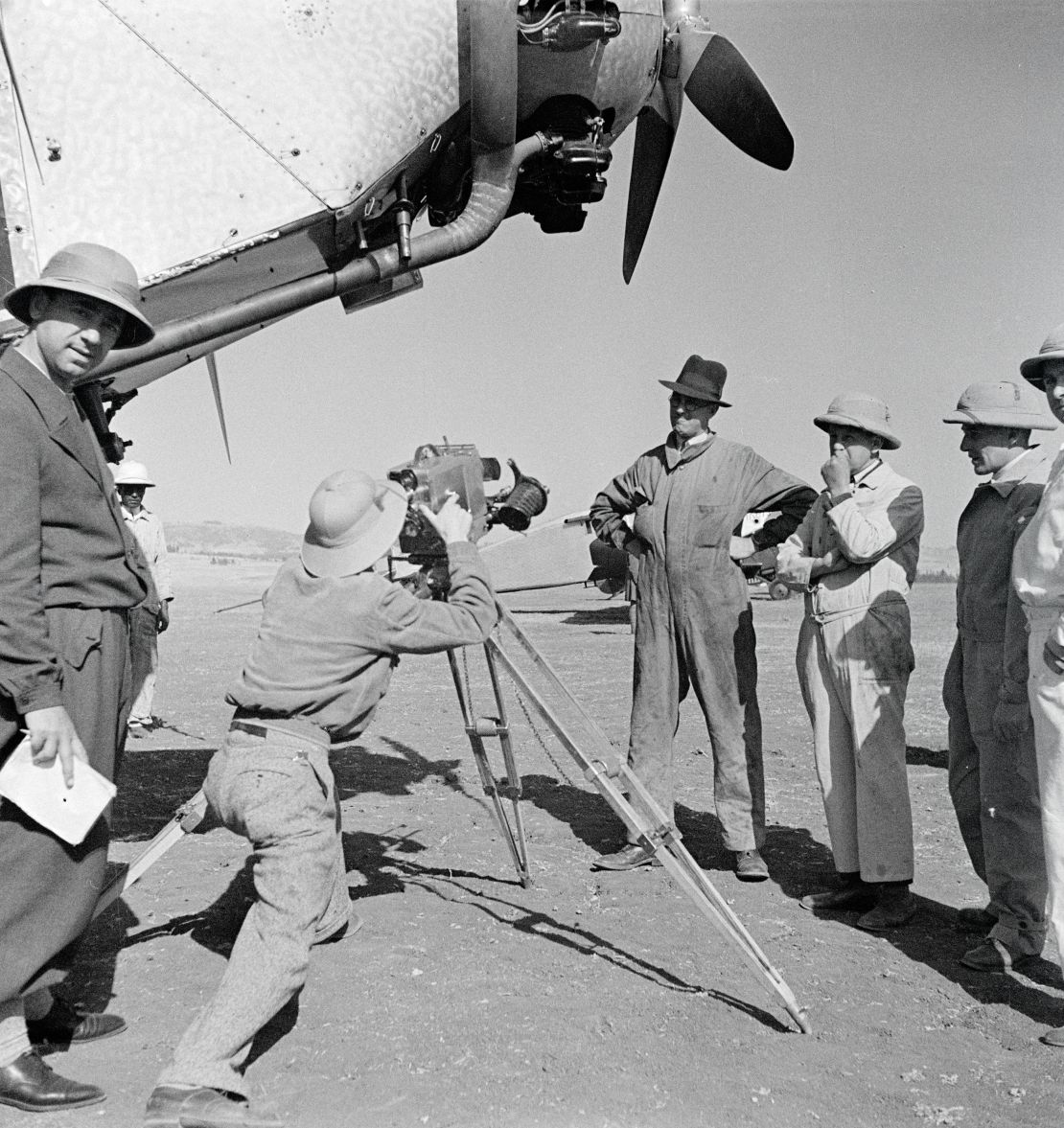
The text also examines Mittelholzer as a prototype media magnate.
“He was a very active man, and he had many businesses side by side,” says Gasser. “Very early on … he took those aerial photographs and he was selling them to people who wanted to have an aerial photograph of their home or their company or whatever – in pre-Google Earth days!”
Mittelholzer even owned a film company. “He was a truly skilful media entrepreneur, who spread his images through all channels possible,” adds Serber.
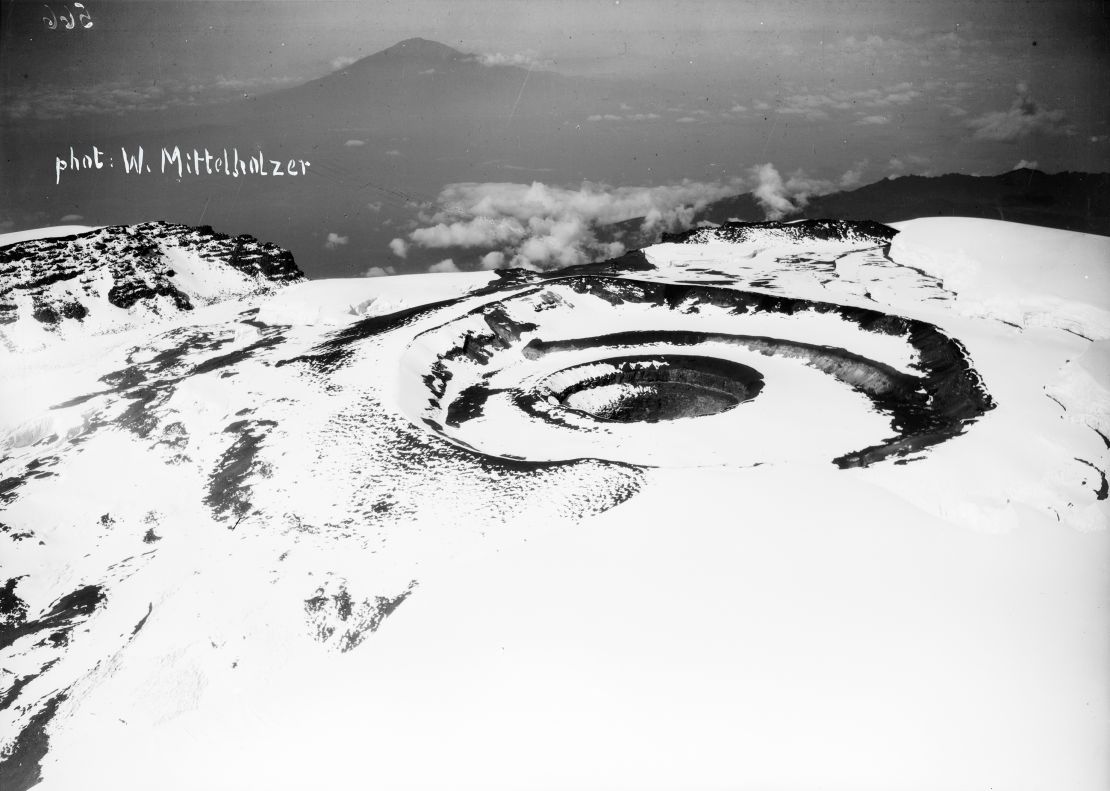
Mittelholzer’s lifework paints a picture of a flawed but fascinating figure. A trailblazer in the world of aviation photography and mass media, Mittelholzer was in many ways forward thinking, but in other ways a definite product of his time.
Nevertheless, the images are a trove of rare aerial perspectives.
“These images are not only of an outstanding photographic quality,” says Gasser. “They are also very rich visual sources, telling a lot about Mittelholzer’s perception of the Middle East and Africa and the way he used visual media to promote and finance his expeditions.”
















